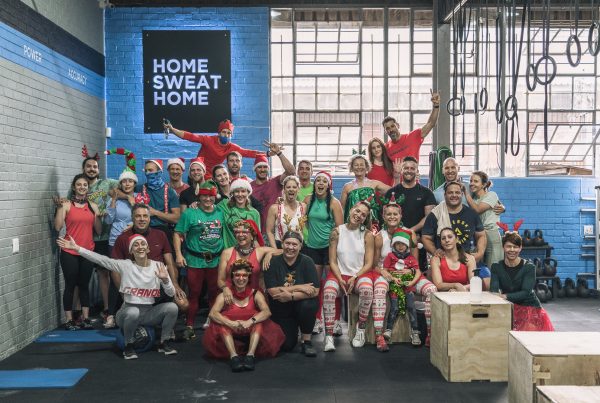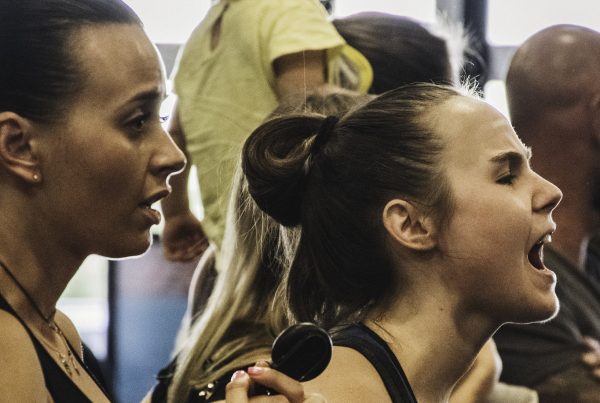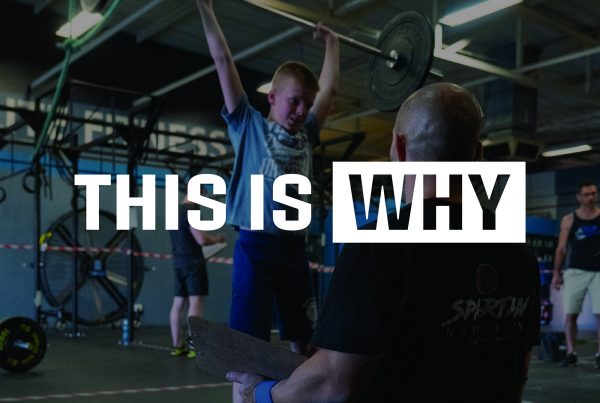Timing is important in all movements, but especially so in movements that are performed in a wave of activity from the hips and legs to the upper body. Just like the thruster!
A common error in the thruster is initiating the press before the hips and legs extend. Remember, extension means straightening of the knees and hips, and in the thruster, it’s a powerful extension. Pressing before the legs and hips have extended places undue load on the arms, and being a much smaller muscle group, the arms generate a lot less power and fatigue faster. Not something you want on a movement that is already so demanding.
Common cues you’ll hear in class are “delay the press” and “keep the bar racked for longer.” When you’re next moving on a thruster, like today ;-), here’s what you need to focus on.
Stand Fast
The thruster is a lower body dominant movement. The hips and legs should create upward momentum on the barbell, and the arms simply guide the bar to it’s end position before bringing it back to the front rack. When you stand out of the squat keep the heels grounded and stack the elbows, and stand as fast as you can. The faster you extend the legs the more power you put on the bar and the less work the upper body has to do.
Delay The Press
Keep your attention on what your lower body is doing. If you stand fast as noted above, when your hips and legs reach full extension the bar will “pop” off your shoulders and become weightless for a split second. This is your cue to press. Think of the squat and press as two separate movements, but the thruster should be performed as one movement.
It’s also important to get the bar back to the front rack position before descending into squat again. The longer the bar stays in contact with the shoulders, the less works the arm do and the less the thruster will suck. Kinda.



